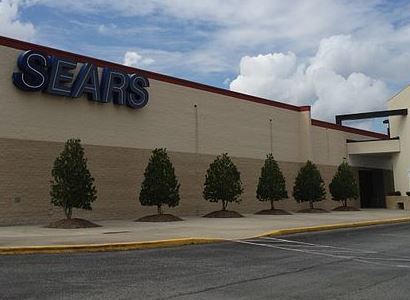Sears Holdings Corp. (NASDAQ: SHLD) CEO and controlling shareholder Eddie Lampert made one more set of comments about why the retailer, which controls Kmart and Sears, has entered a recovery phase. Investors have waited for years for this to happen. That wait will continue, and despair about the lack of a turnaround will grow.
In a letter to shareholders ahead of the company’s annual meeting, Lampert wrote that recent financial decisions have given Sears Holdings the capital required for recovery. This includes $2.4 billion from financial decisions last year, and upcoming decisions may increase the size of the war chest.
In the letter, he was specific about how the money will be used:
Taken together, these new funds will allow us to invest in long-term strategies to enhance our members’ experiences and expand our integrated retail platforms.
Sears and Kmart have already moved beyond the old and sorely outdated traditional store network models. Every day, we are building richer, deeper relationships with our members through Shop Your Way, Buy Online Pickup In Store, In-Vehicle Pickups & Returns, Digital Kiosks and more.
He neglected to mention that all these tactics, or ones very like them, have been part of ongoing transformation of America’s largest retailers. Sears Holdings’ plans are nothing more than a game of catch-up.
Lampert’s assumption has to be based on his ability to take market share in the general retail industry already dominated by Amazon.com Inc. (NASDAQ: AMZN), Wal-Mart Stores Inc. (NYSE: WMT) and Target Corp. (NYSE: TGT). There are also a number of chains about the size of Sears that also continue to scratch for a portion of the same market. Sears has to battle companies that already have modest position they can defend based on size, or ones that are desperate like J.C. Penney Co. Inc. (NYSE: JCP).
ALSO READ: Companies With the Best (and Worst) Reputations
Some measure of investor scorn and skepticism about Lampert’s plans is already in the share price of Sears Holdings. His comments triggered no rally. Sears stockholders must have wanted a sign that Lampert’s plans have even a tiny chance of succeeding. Over the past five years, the share price of the company has fallen 59%, against a 109% improvement in the S&P 500.
It would seem that not a single thing Lampert wrote changed any minds about the future of Sears Holdings.
It’s Your Money, Your Future—Own It (sponsor)
Retirement can be daunting, but it doesn’t need to be.
Imagine having an expert in your corner to help you with your financial goals. Someone to help you determine if you’re ahead, behind, or right on track. With SmartAsset, that’s not just a dream—it’s reality. This free tool connects you with pre-screened financial advisors who work in your best interests. It’s quick, it’s easy, so take the leap today and start planning smarter!
Don’t waste another minute; get started right here and help your retirement dreams become a retirement reality.
Thank you for reading! Have some feedback for us?
Contact the 24/7 Wall St. editorial team.




